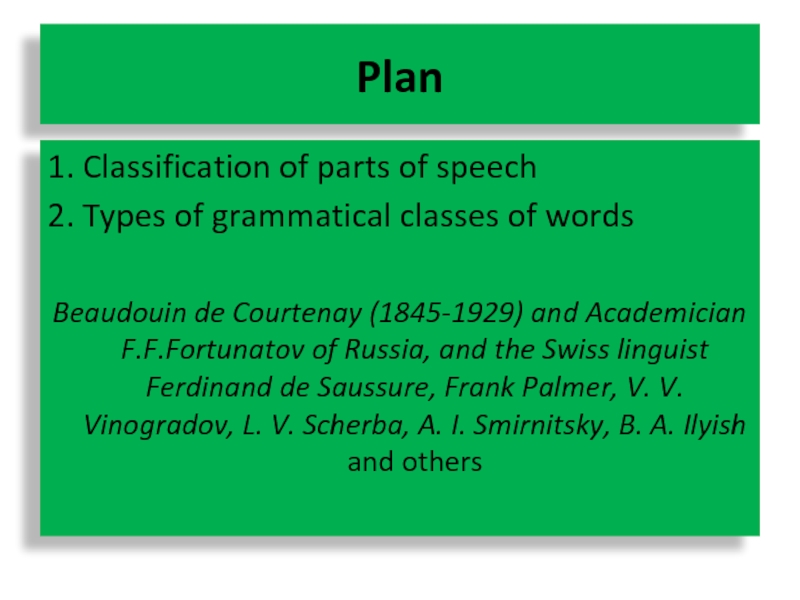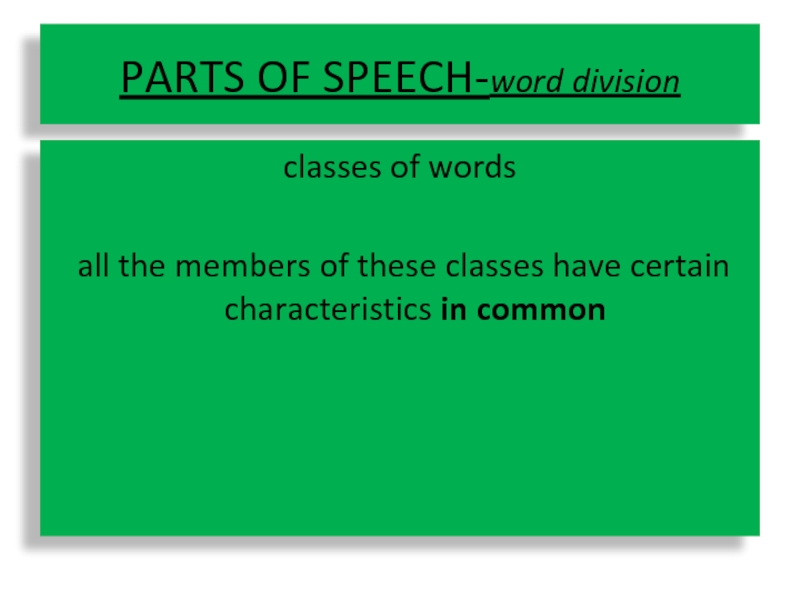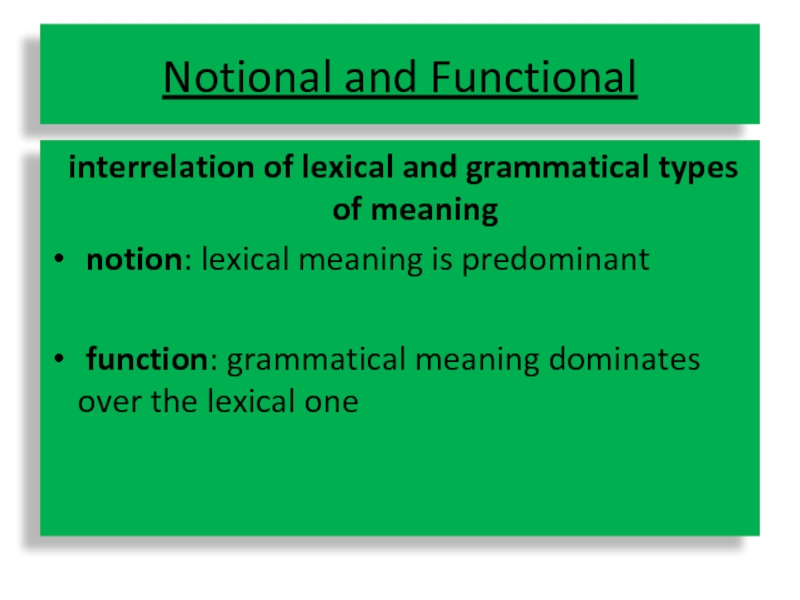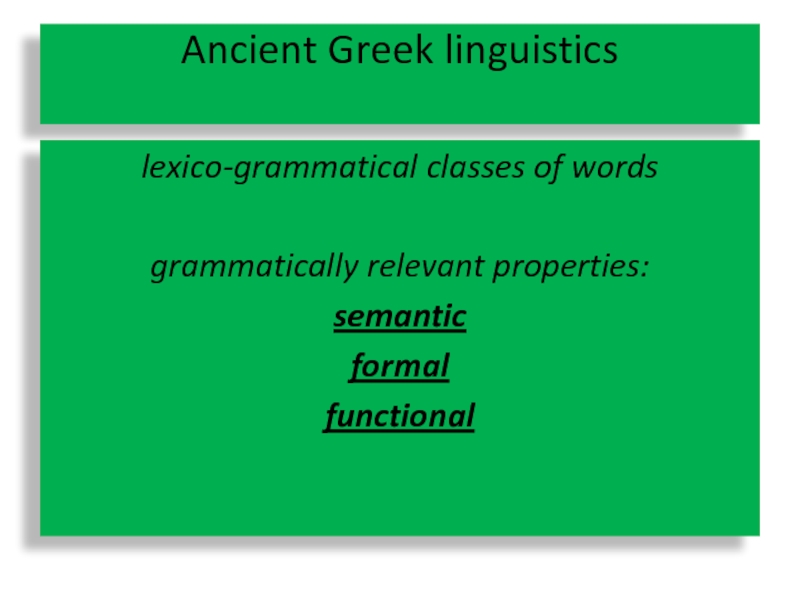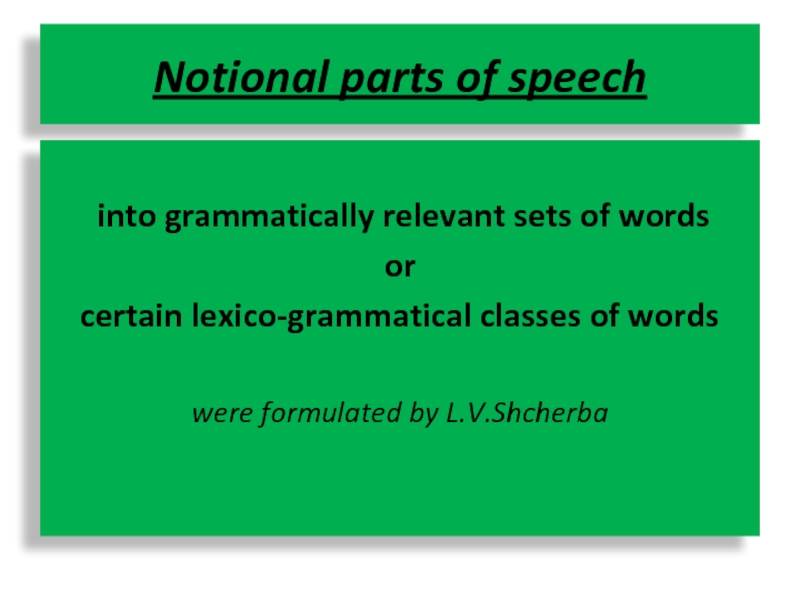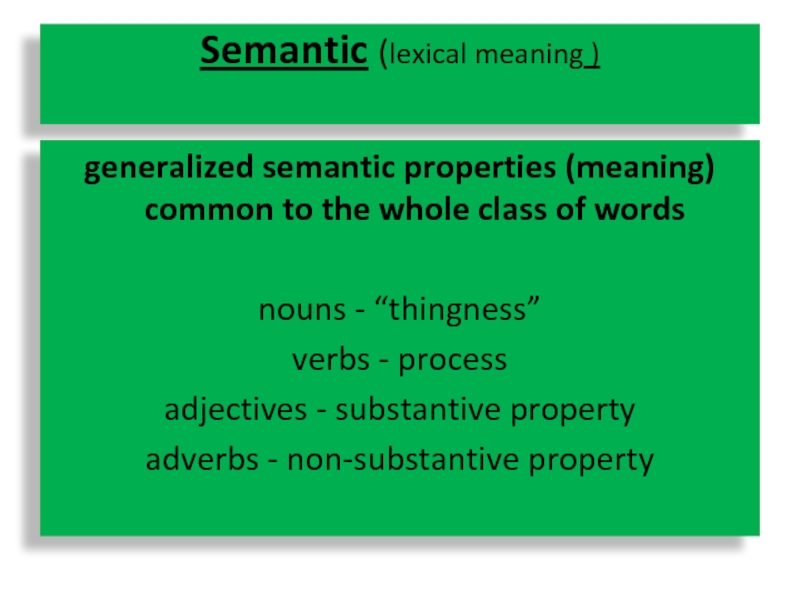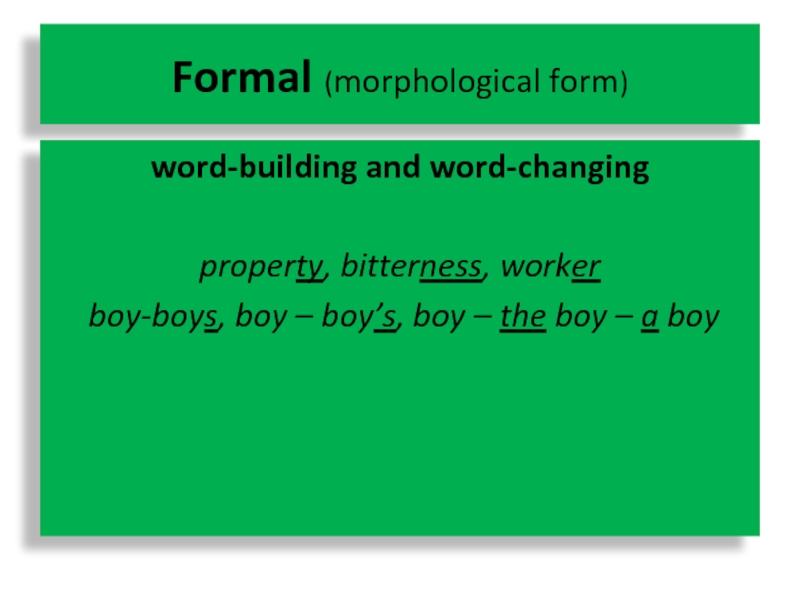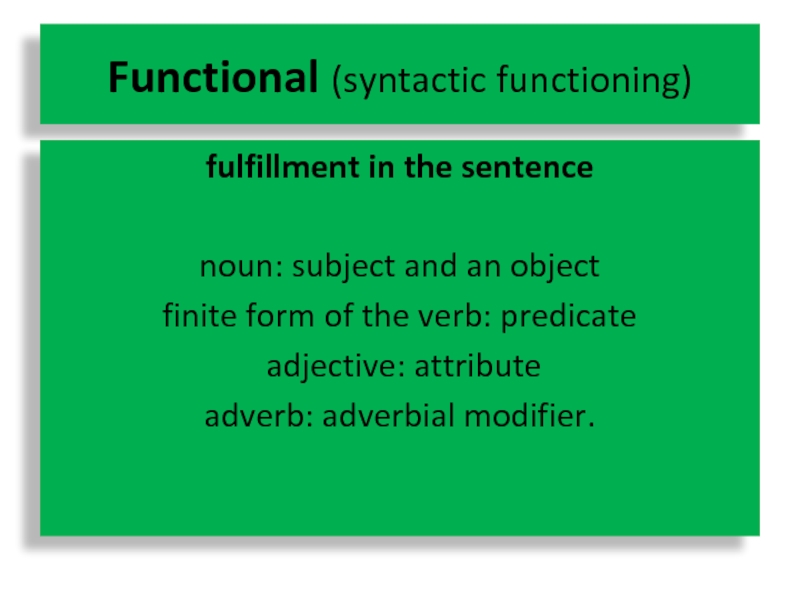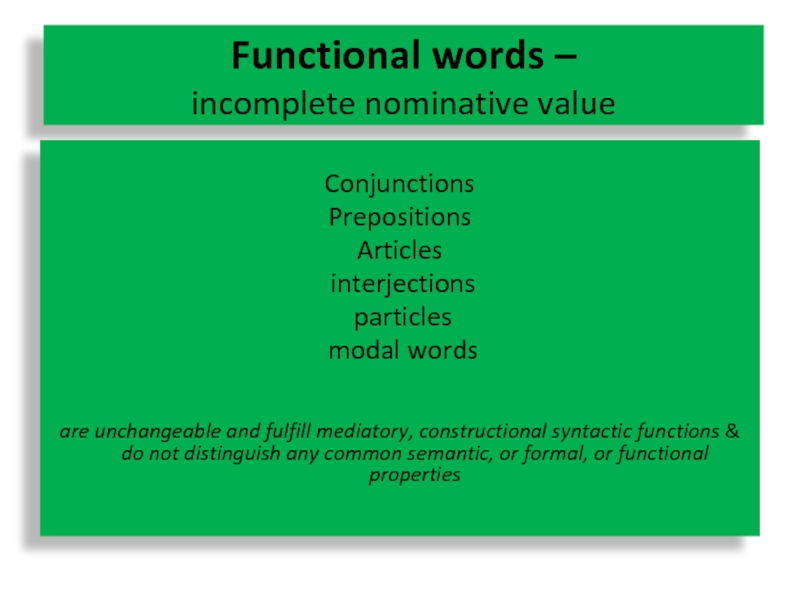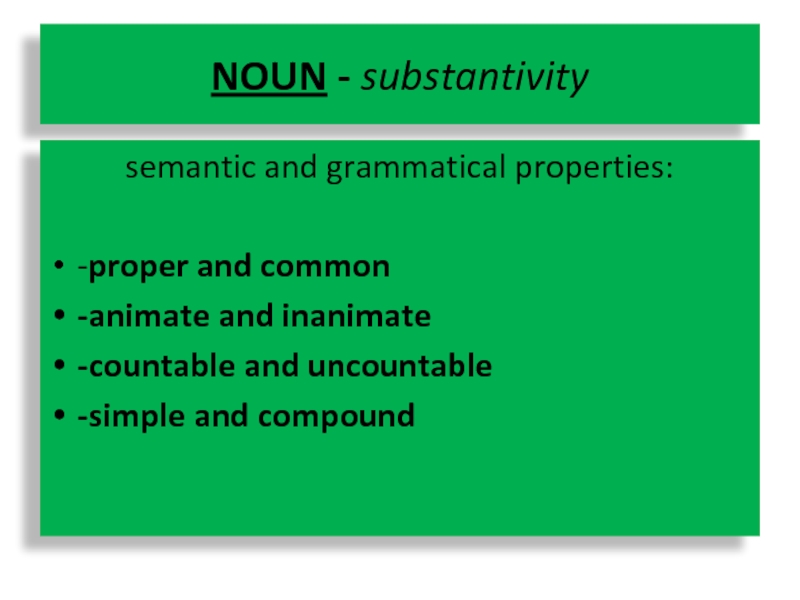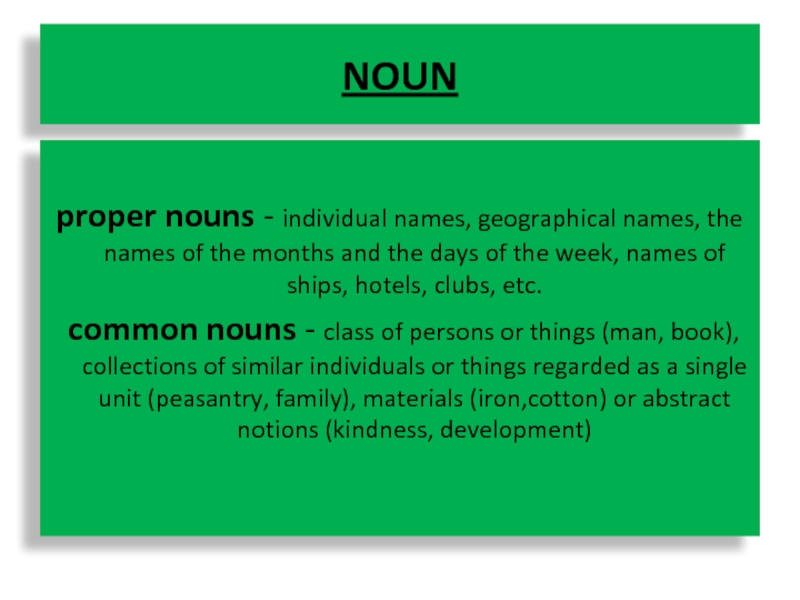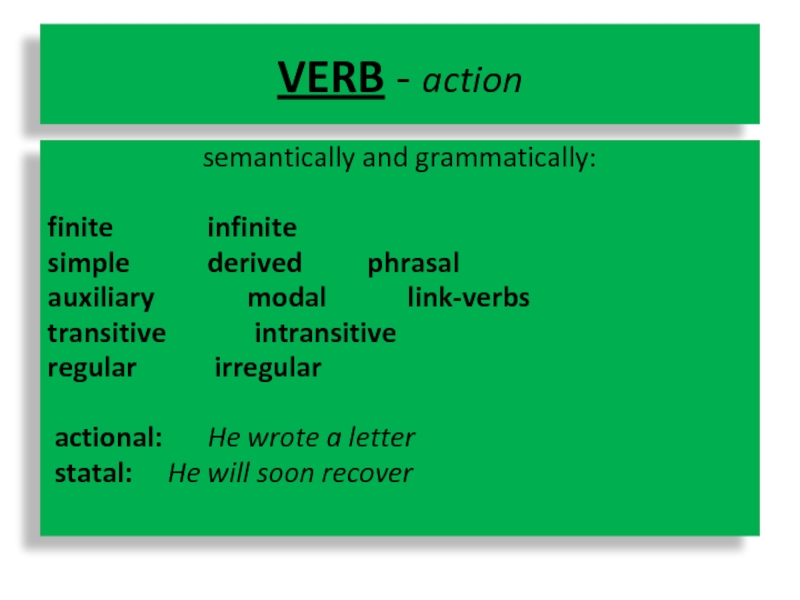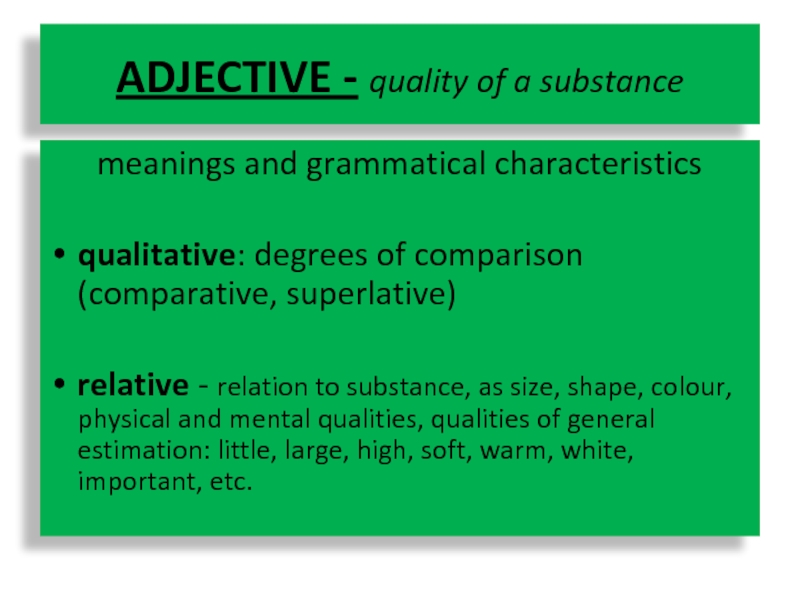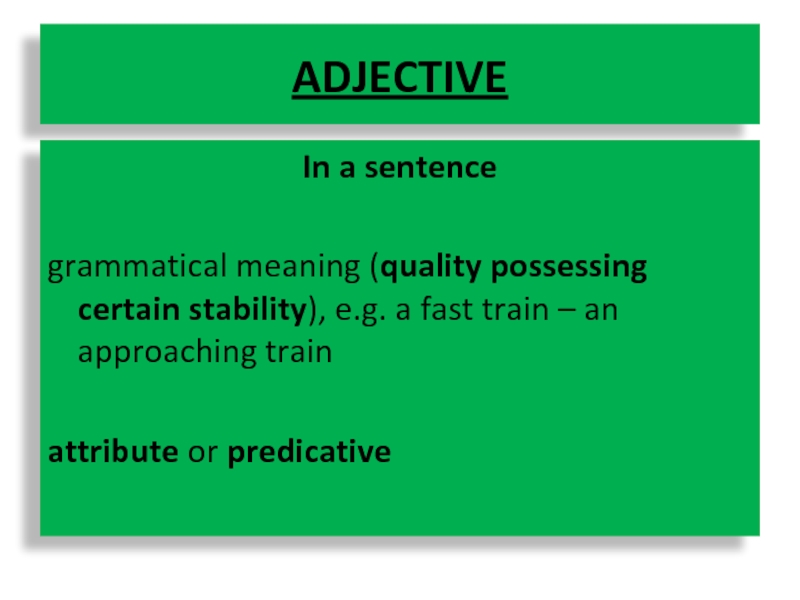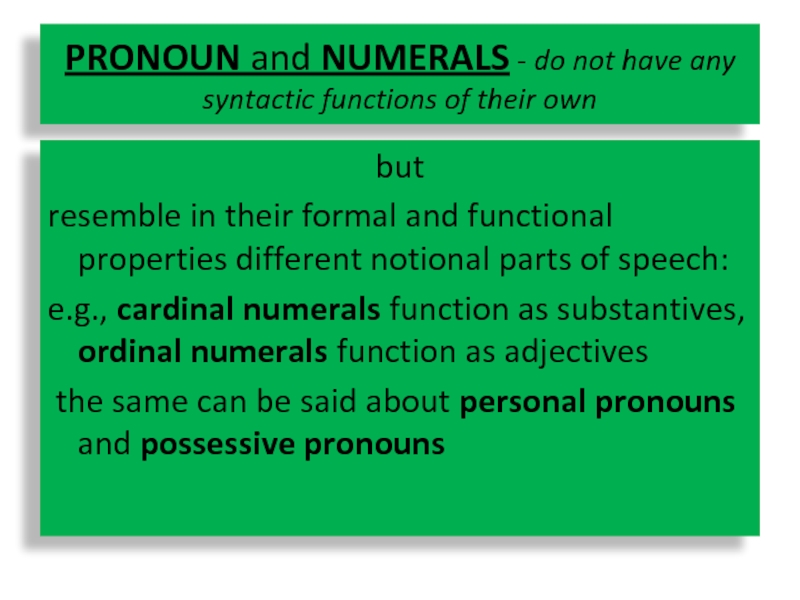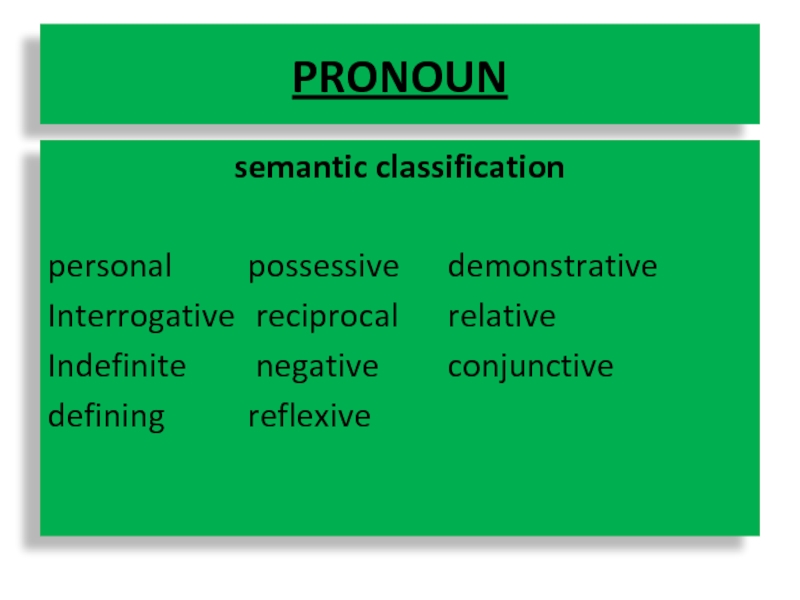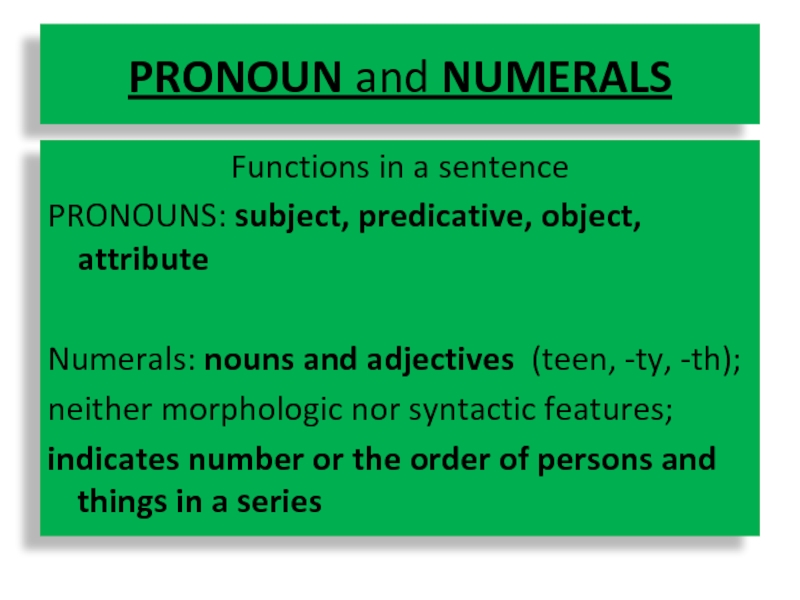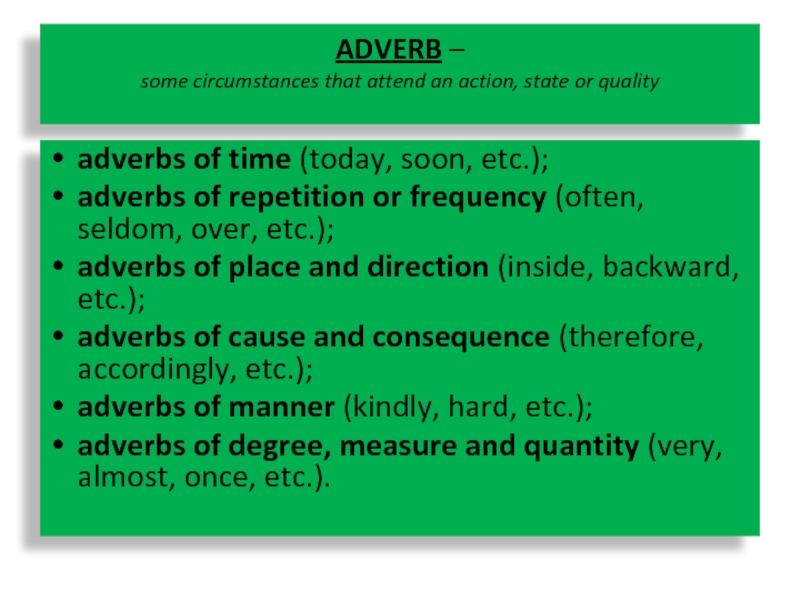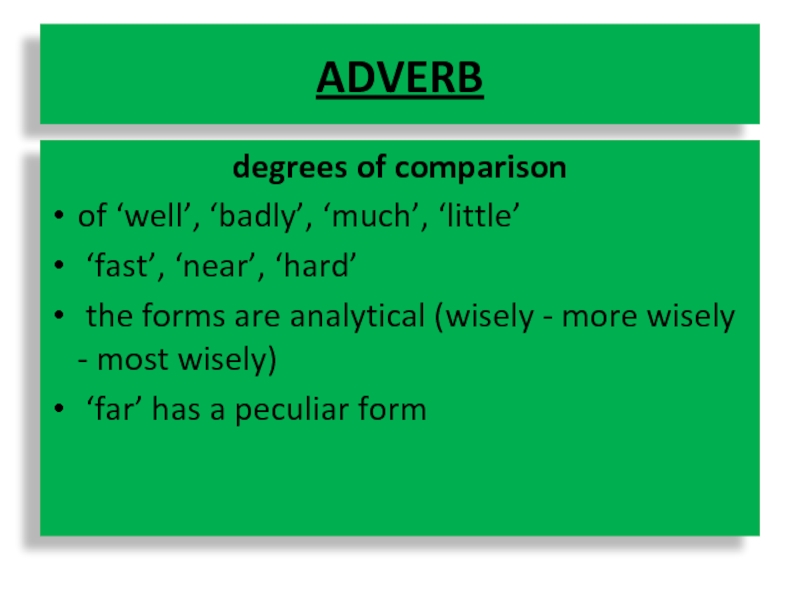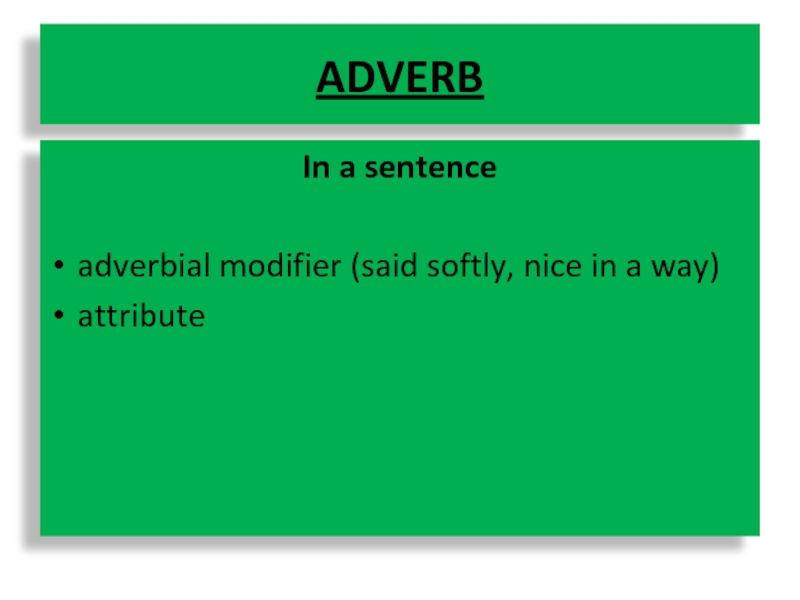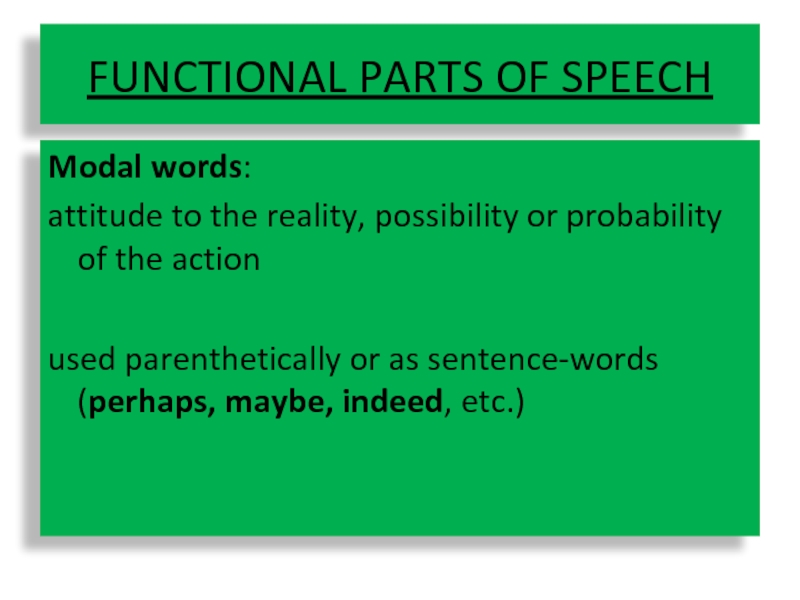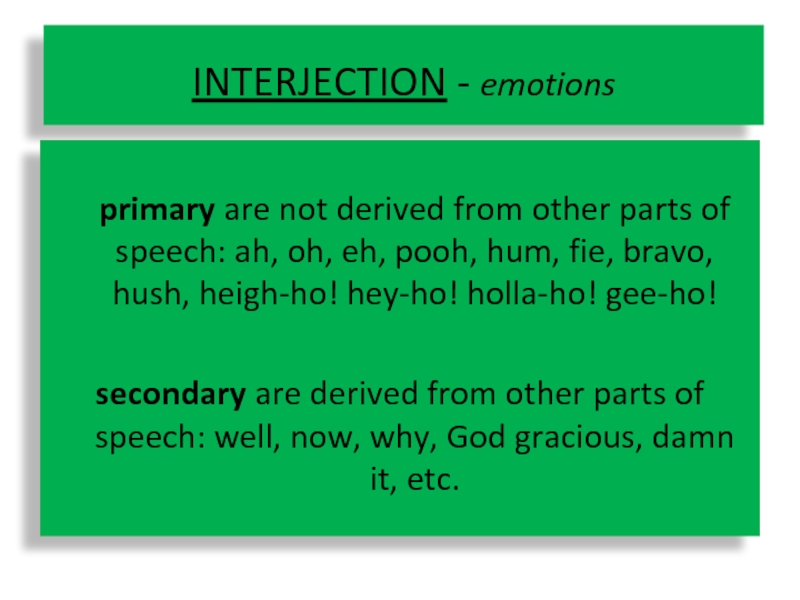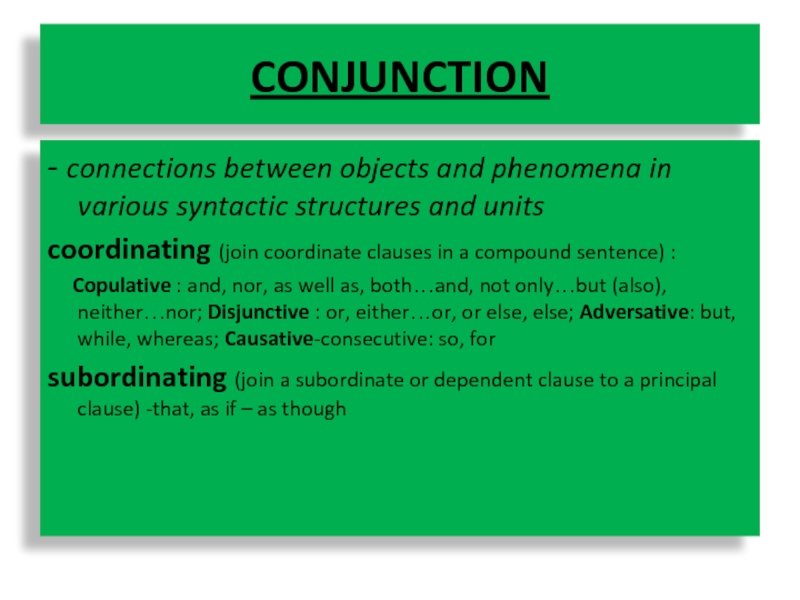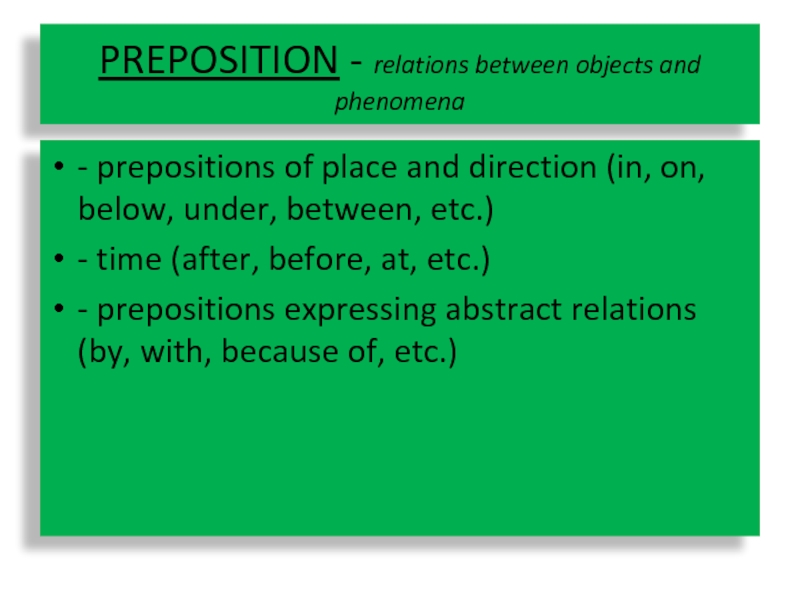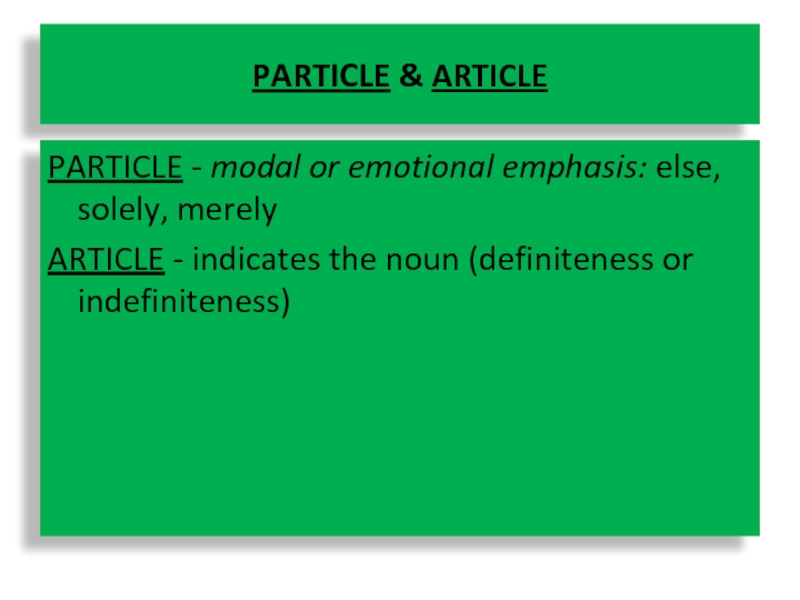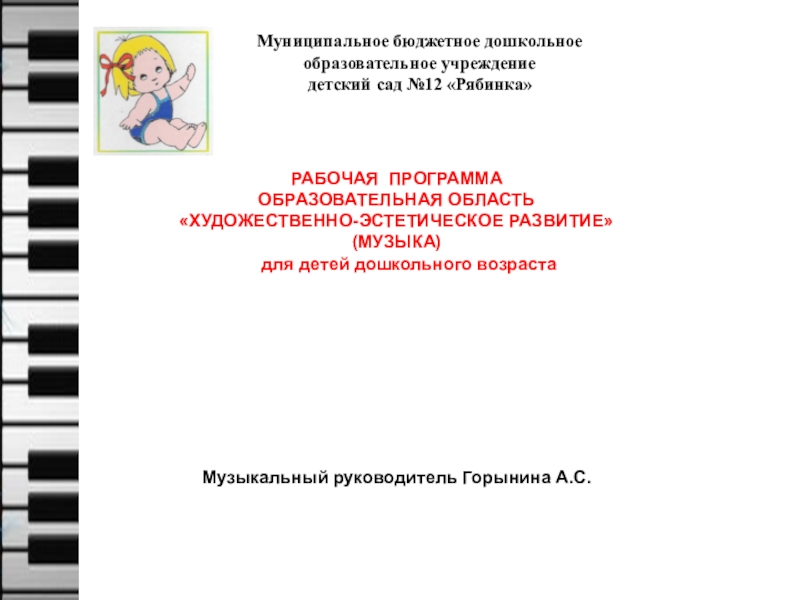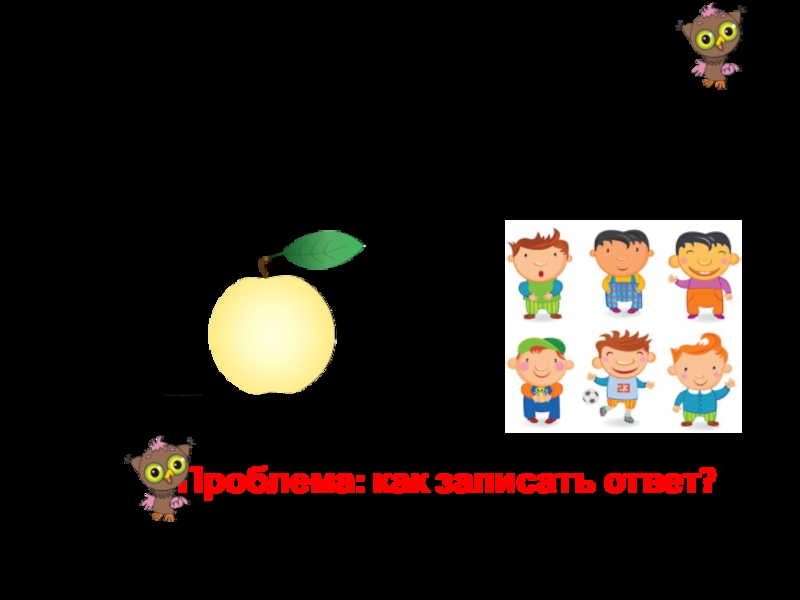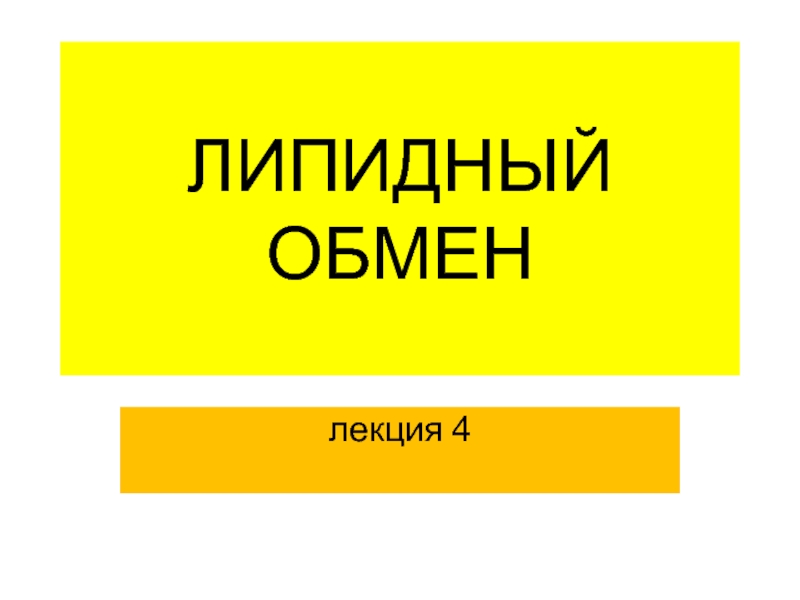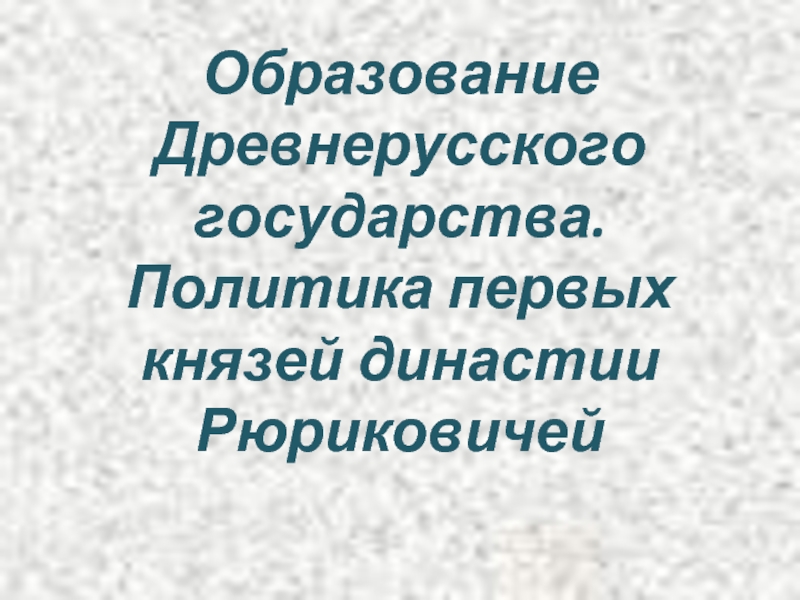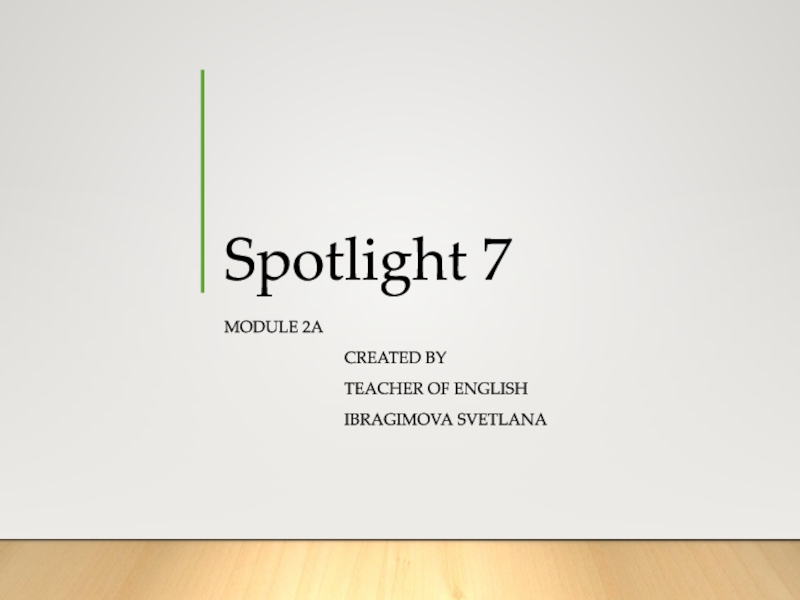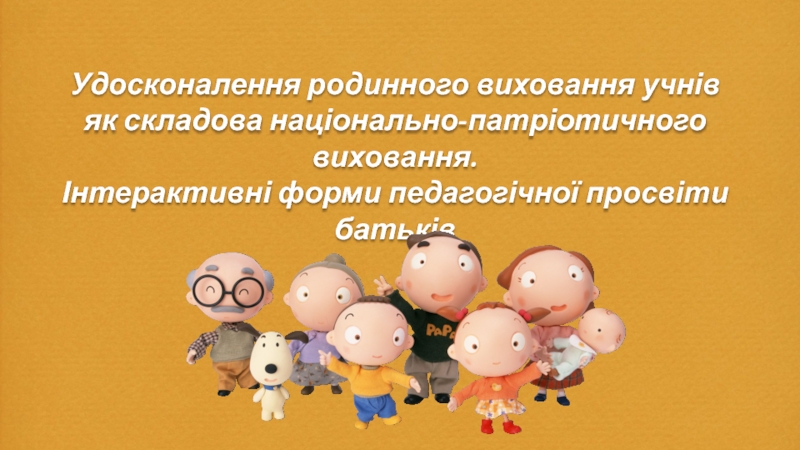Разделы презентаций
- Разное
- Английский язык
- Астрономия
- Алгебра
- Биология
- География
- Геометрия
- Детские презентации
- Информатика
- История
- Литература
- Математика
- Медицина
- Менеджмент
- Музыка
- МХК
- Немецкий язык
- ОБЖ
- Обществознание
- Окружающий мир
- Педагогика
- Русский язык
- Технология
- Физика
- Философия
- Химия
- Шаблоны, картинки для презентаций
- Экология
- Экономика
- Юриспруденция
Theme: Parts of speech
Содержание
- 1. Theme: Parts of speech
- 2. Plan1. Classification of parts of speech2. Types
- 3. PARTS OF SPEECH-word division classes of words
- 4. Notional and Functional interrelation of lexical and
- 5. Ancient Greek linguistics lexico-grammatical classes of words grammatically relevant properties: semanticformal functional
- 6. Notional parts of speech into grammatically
- 7. Semantic (lexical meaning ) generalized semantic properties
- 8. Formal (morphological form) word-building and word-changing property,
- 9. Functional (syntactic functioning)fulfillment in the sentencenoun: subject
- 10. Notional words – complete nominative meaningsNounsVerbsAdjectivesAdverbsPronouns
- 11. Functional words – incomplete nominative valueConjunctionsPrepositionsArticles
- 12. NOUN - substantivity semantic and
- 13. NOUN proper nouns - individual
- 14. VERB - actionsemantically and grammatically:finite infinite simple derived
- 15. ADJECTIVE - quality of a substancemeanings and
- 16. ADJECTIVEIn a sentencegrammatical meaning (quality possessing certain
- 17. PRONOUN and NUMERALS - do not have
- 18. PRONOUNsemantic classification personal possessive demonstrativeInterrogative reciprocal relativeIndefinite negative conjunctivedefining reflexive
- 19. PRONOUN and NUMERALSFunctions in a sentencePRONOUNS: subject,
- 20. ADVERB – some circumstances that attend
- 21. ADVERBdegrees of comparisonof ‘well’, ‘badly’, ‘much’, ‘little’
- 22. ADVERBIn a sentenceadverbial modifier (said softly, nice in a way)attribute
- 23. FUNCTIONAL PARTS OF SPEECHModal words:attitude to the
- 24. INTERJECTION - emotions primary
- 25. CONJUNCTION- connections between objects and phenomena in
- 26. PREPOSITION - relations between objects and phenomena-
- 27. PARTICLE & ARTICLEPARTICLE - modal or emotional
- 28. Thank you
- 29. Скачать презентанцию
Plan1. Classification of parts of speech2. Types of grammatical classes of wordsBeaudouin de Courtenay (1845-1929) and Academician F.F.Fortunatov of Russia, and the Swiss linguist Ferdinand de Saussure, Frank Palmer, V. V.
Слайды и текст этой презентации
Слайд 2Plan
1. Classification of parts of speech
2. Types of grammatical classes
of words
and the Swiss linguist Ferdinand de Saussure, Frank Palmer, V. V. Vinogradov, L. V. Scherba, A. I. Smirnitsky, B. A. Ilyish and othersСлайд 3PARTS OF SPEECH-word division
classes of words
all the members
of these classes have certain characteristics in common
Слайд 4Notional and Functional
interrelation of lexical and grammatical types of
meaning
notion: lexical meaning is predominant
function: grammatical meaning dominates
over the lexical one Слайд 5Ancient Greek linguistics
lexico-grammatical classes of words
grammatically relevant properties:
semantic
formal
functional
Слайд 6Notional parts of speech
into grammatically relevant sets of
words
or
certain lexico-grammatical classes of words
were formulated by L.V.Shcherba
Слайд 7Semantic (lexical meaning )
generalized semantic properties (meaning) common to the
whole class of words
nouns - “thingness”
verbs - process
adjectives - substantive
property adverbs - non-substantive property
Слайд 8Formal (morphological form)
word-building and word-changing
property, bitterness, worker
boy-boys, boy
– boy’s, boy – the boy – a boy
Слайд 9Functional (syntactic functioning)
fulfillment in the sentence
noun: subject and an object
finite
form of the verb: predicate
adjective: attribute
adverb: adverbial modifier.
Слайд 10Notional words –
complete nominative meanings
Nouns
Verbs
Adjectives
Adverbs
Pronouns
Numerals
are in most
cases changeable and fulfill self-dependent syntactic functions in the sentence
Слайд 11Functional words –
incomplete nominative value
Conjunctions
Prepositions
Articles
interjections
particles
modal words
are
unchangeable and fulfill mediatory, constructional syntactic functions & do not
distinguish any common semantic, or formal, or functional propertiesСлайд 12
NOUN - substantivity
semantic and grammatical properties:
-proper and common
-animate
and inanimate
-countable and uncountable
-simple and compound
Слайд 13
NOUN
proper nouns - individual names, geographical names, the names
of the months and the days of the week, names
of ships, hotels, clubs, etc.common nouns - class of persons or things (man, book), collections of similar individuals or things regarded as a single unit (peasantry, family), materials (iron,cotton) or abstract notions (kindness, development)
Слайд 14VERB - action
semantically and grammatically:
finite infinite
simple derived phrasal
auxiliary modal
link-verbs
transitive intransitive
regular irregular
actional: He wrote a letter
statal: He will soon recoverСлайд 15ADJECTIVE - quality of a substance
meanings and grammatical characteristics
qualitative:
degrees of comparison (comparative, superlative)
relative - relation to substance, as
size, shape, colour, physical and mental qualities, qualities of general estimation: little, large, high, soft, warm, white, important, etc. Слайд 16ADJECTIVE
In a sentence
grammatical meaning (quality possessing certain stability), e.g. a
fast train – an approaching train
attribute or predicative
Слайд 17PRONOUN and NUMERALS - do not have any syntactic functions
of their own
but
resemble in their formal and functional properties different
notional parts of speech: e.g., cardinal numerals function as substantives, ordinal numerals function as adjectives
the same can be said about personal pronouns and possessive pronouns
Слайд 18PRONOUN
semantic classification
personal possessive demonstrative
Interrogative reciprocal relative
Indefinite negative conjunctive
defining reflexive
Слайд 19PRONOUN and NUMERALS
Functions in a sentence
PRONOUNS: subject, predicative, object, attribute
Numerals:
nouns and adjectives (teen, -ty, -th);
neither morphologic nor syntactic features;
indicates
number or the order of persons and things in a seriesСлайд 20ADVERB – some circumstances that attend an action, state or
quality
adverbs of time (today, soon, etc.);
adverbs of repetition or
frequency (often, seldom, over, etc.);adverbs of place and direction (inside, backward, etc.);
adverbs of cause and consequence (therefore, accordingly, etc.);
adverbs of manner (kindly, hard, etc.);
adverbs of degree, measure and quantity (very, almost, once, etc.).
Слайд 21ADVERB
degrees of comparison
of ‘well’, ‘badly’, ‘much’, ‘little’
‘fast’, ‘near’, ‘hard’
the forms are analytical (wisely - more wisely - most
wisely)‘far’ has a peculiar form
Слайд 23FUNCTIONAL PARTS OF SPEECH
Modal words:
attitude to the reality, possibility or
probability of the action
used parenthetically or as sentence-words (perhaps,
maybe, indeed, etc.) Слайд 24
INTERJECTION - emotions
primary are not derived from other parts
of speech: ah, oh, eh, pooh, hum, fie, bravo, hush,
heigh-ho! hey-ho! holla-ho! gee-ho!secondary are derived from other parts of speech: well, now, why, God gracious, damn it, etc.
Слайд 25CONJUNCTION
- connections between objects and phenomena in various syntactic structures
and units
coordinating (join coordinate clauses in a compound sentence) :
Copulative : and, nor, as well as, both…and, not only…but (also), neither…nor; Disjunctive : or, either…or, or else, else; Adversative: but, while, whereas; Causative-consecutive: so, forsubordinating (join a subordinate or dependent clause to a principal clause) -that, as if – as though
Слайд 26PREPOSITION - relations between objects and phenomena
- prepositions of place
and direction (in, on, below, under, between, etc.)
- time (after,
before, at, etc.)- prepositions expressing abstract relations (by, with, because of, etc.)

